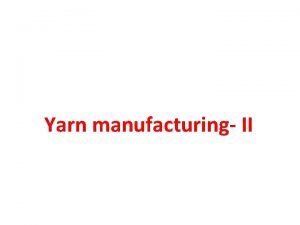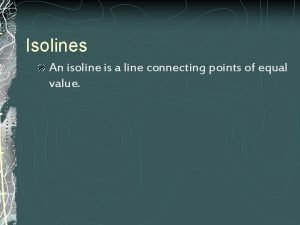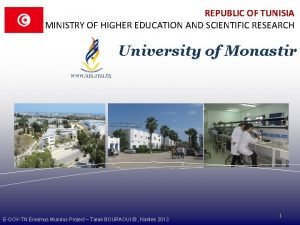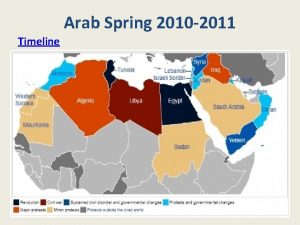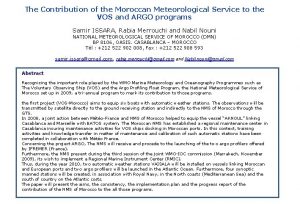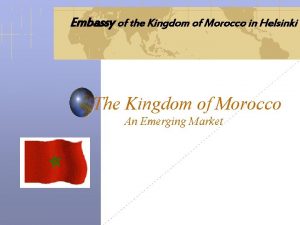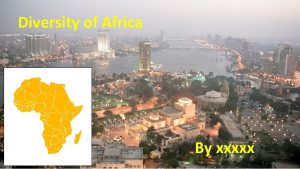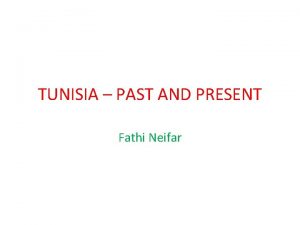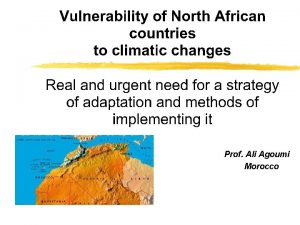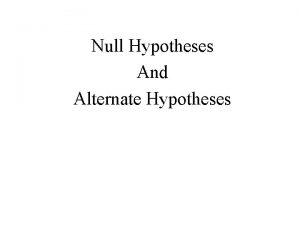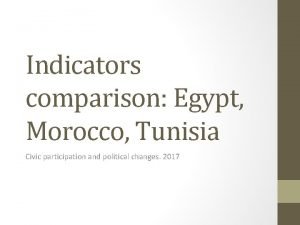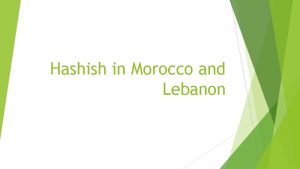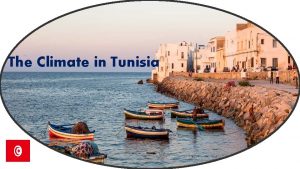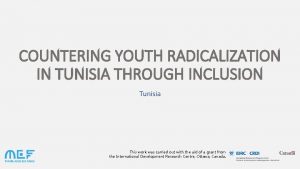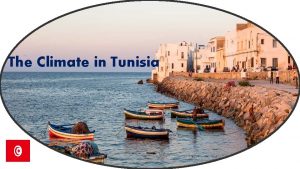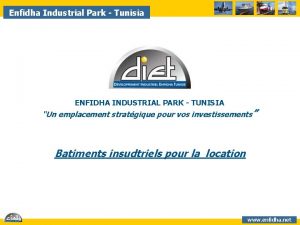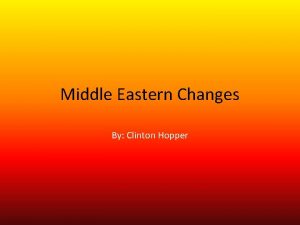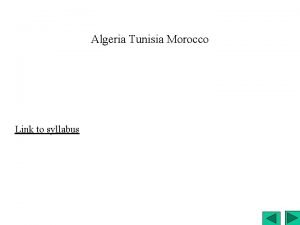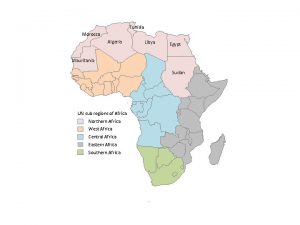Draft hypotheses connecting points to Tunisia and Morocco














- Slides: 14

Draft hypotheses & connecting points to Tunisia and Morocco SE 4 JOBS team meeting Rabat, 24 March 2015 Johara Bellali, Karolin Blattmann, adelphi

Agenda 1. Introduction 2. Presentation: Good practices from 3 countries (FFU) 3. Presentation: Tunisia and Morocco (adelphi) Barriers and opportunities for RE/EE market development and connections to good practices 4. Discussion: Connecting the good practices (adelphi) 5. Presentation and discussion: Toolbox (FFU) 2

SE 4 JOBS Process of implementation for joint FFU-adelphi activities International good practices Energypedia Toolbox Regional integration Stakeholder dialogues Strengthening capacities Pilot projects planning 3

Tunisia overview Generation capacity 2014 RE installed capacity 2014 in MW PV 15 Hydro 62 Wind RE 7% Thermal (gas) 93% 245 • Power generation heavily dependent on imported gas • STWH: 700, 000 m² (of targeted 1 million m² by 2016) installed (2013) • Subsidised prices, first subsidy lifts in 2014 • EE: established, supporting agency ANME, decrease of energy intensity • STEG as quasi monopolist for generation, transmission, distribution • RE capacity equals 6% of total capacity or 3% of annual production • New targets for RE (Plan Solaire Tunisien) in 2030: 1, 700 MW wind; 1500 MW PV; 500 MW CSP • PV: mostly small-scale, 10 MW project co-financed by Kf. W • RE Jobs: 3390 (1, 445 direct, 975 indirect) ; EE Jobs: 930 • Renewable Energy Law blocked 4

Tunisia overview 2 Framework • Dependency on limited number of foreign markets and sectors conditions • Good state of infrastructure (transportation, energy) but limited to interior regions • High level of education but also high unemployment among youth, limited engagement of private sector in vocational training Policy Private sector • Established industrial policy with current focus on innovation, FDI, export • Regional development (e. g. Pôles de Compétivité) • Industrial sector: Developed industry (manufacturing, service sector) but fragmented (regional, ownership, export/local market) • RE Manufacturing: services and partly equipment (STWH, EE); research, cluster (Borj Cedria) 5

Barriers and Opportunities for RE development Barriers Framework • • conditions Risk averse banks Potential lack of adequately skilled labour and training programmes Opportunities • • Policy • • Private • sector • electricity market concentrated, private investments blocked Stakeholder dialogue evolving but potential for inclusion of civil society including the private sector Blockage of Renewable Energy Law Administrative procedures are not transparent, not standardized • Lack of information and capacities with regard to business models Low level of organisation of RE companies • • • Well developed infrastructure RE resources High level of education, existing RE university programmes Support for FDI experience with EE (policy, institution, instruments), Existing self-consumption/net-metering scheme Successful PROSOL programme (STWH), PROSOLelec developing under current market conditions Industrial/regional development policy Existing RE / EE industrial sector including manufacturing and services Industry and technology hubs Initiatives to promote connection among industry players 6

Tunisia - Questions Framework conditions Policy • • • Private sector • • How can needed private investment (PST) be stimulated? Which roles do banks and FDI play? Capacity building with banks? How can research, industry and education be better linked? Liberalisation of energy market? Independent regulator? how can processes for projects be standardized? How can clear regulations for investors be established? What is needed to guarantee grid-access to private investors? Policy alignment: industrial/energy policy and RE/EE private sector development and regional development What can be learned from the PROSOL design and implementation? How can the energy debate be further developed to promote renewable energy law? Further stakeholder dialogues? How can an ordinance be established? Business case development; pilot cases funded by gvt/donors? Capacity building with regard to market development (PV, STWH…) Can value chains be completed in collaboration with international players? Which part of the value chain or which types of companies should be supported? 7

MOROCCO 8

Morocco - Overview Framework • Large-scale investments for wind and solar conditions • No grid connection for LV & MV, no net metering nor feed in tariff • Dependency on limited number of foreign markets • High level of education but also high unemployment among youth • High energy dependency Policy • • Strong legal framework, clear short term targets, robust instit. Programme National des Actions Prioritiares: the energy sector National Energy Strategy: Solar Plan, Integrated Wind Prog Energy subsidies Private sector • • • Enabling climate for investment is improving Efficiency of the job market is ranked 121/155 ONEE, public concessions and some private (Regies) Established competitors is very low, open market? Federations of private sector, only a few SME do expand 9

Morrocco – overview Targets for Renewable Energy: 2020 – 2000 MW Solar - 2000 MW Wind – 2000 MW Hydraulic 2020 – 42% of installed capacity and 27% of electrical production 2020 – estimated job creation: 35120 Targets for Energy Efficiency: 2020 – 12% reduction of energy consumption and – 15% for 2030 2020 – estimated job creation: 17000 10

Morocco current status • Wind: 800 MW installed, 1, 000 MW in process • CSP: 160 MW under construction, two tendered, 4 th under prep Electricity production Hydro 8% Wind 3% Thermal 87% 11

Morocco - Barriers BARRIERS Framework conditions § § § Policy § § § Private sector § § Loi 13 -09 Grid connection Coherence in implmt‘ion No net-metering No feed in tariff Concessions mgt Tendering processes RE/EE subsidies mgt 12

Morocco – Questions Framework 1. How can dialogues and coherence between different conditions sectors be promoted? 2. How can trade-offs and co-benefits be made visible to the decision maker? Policy 3. Should a support system based on RE/EE subsidies be supported? Or should a market competitiveness approach be preferred? 4. Should IPP be a model to follow? Decentralised generation? Private sector 5. How can more financial analyses for RE&EE reach banks and potential investors? 6. Would auto-production stimulate the market? 13

• THANK YOU adelphi Caspar-Theyss-Strasse 14 a 14193 Berlin T +49 (0)30 -89 000 68 -0 F +49 (0)30 -89 000 68 -10 www. adelphi. de office@adelphi. de
